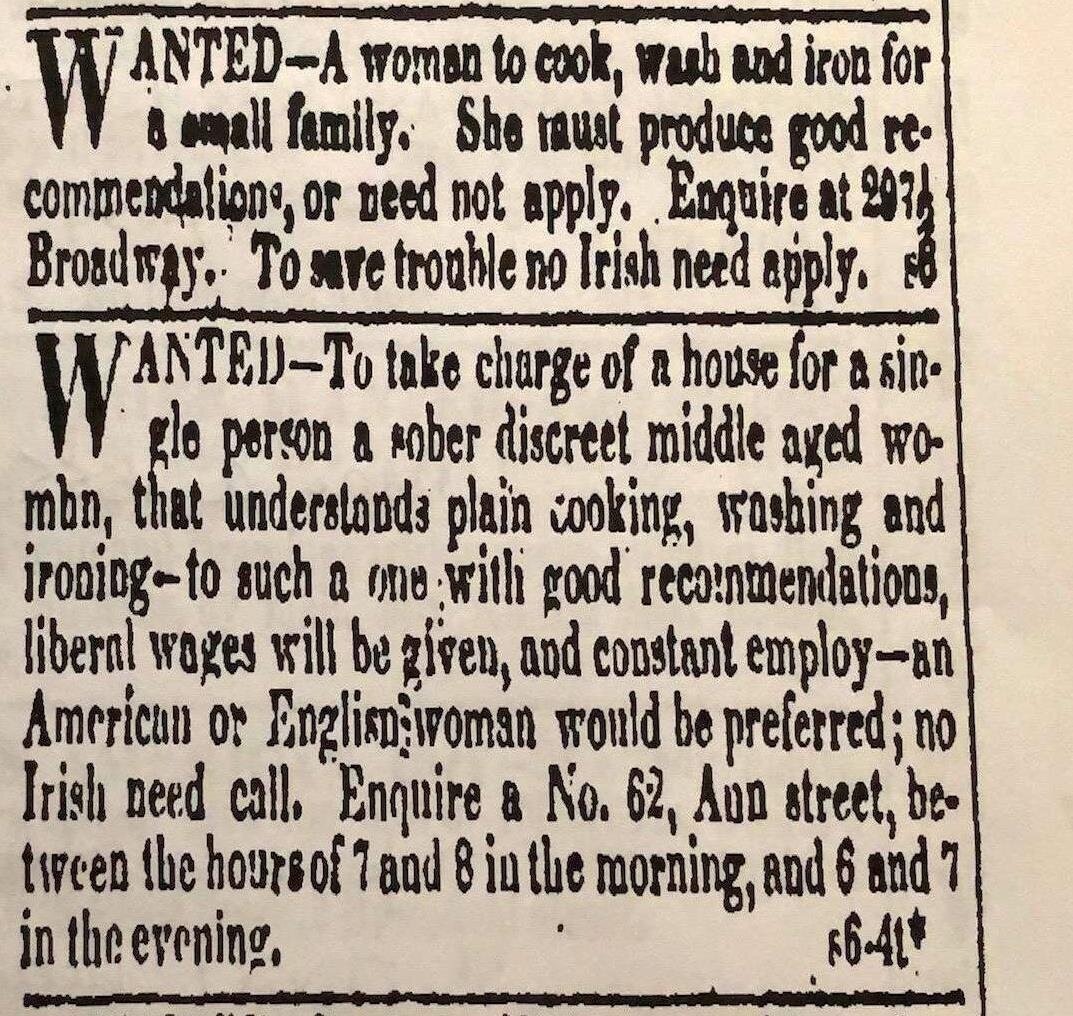Employment Discrimination and Harassment Claims
I have represented employers and employees in disputes alleging discrimination and harassment. These cases are challenging for numerous reasons: the parties often have very different understandings of the facts, the damages are difficult to estimate, and the subject matter requires sensitivity.
But, as with any case, I believe that hard work and a detailed understanding of the facts and law helps clients protect their legal position and increases the likelihood of a just result.
Below, I share my observations from my work in this field.
Why should you continue to read this post about employment discrimination claims?
- You may have a discrimination claim and are curious about the relevant process
- You’re an employer who is unsure how attorneys handle harassment allegations
- You have a blog about litigation, too, and you want some inspiration
Common Elements in Discrimination and Harassment Claims
Employment disputes, like all commercial disputes, rarely proceed to trial. This is because trials are expensive and usually only make sense if the amount at stake is greater than the cost of the trial. As a result, employment disputes often end with a settlement between the employer and the employee. In many cases, however, they end when a court dismisses the allegations as legally insufficient or when an employer fails to properly respond to them.
Just because employment disputes rarely proceed to trial, they may still be lengthy and costly. Because discrimination and harassment claims usually depend on detailed factual allegations, plaintiffs rarely succeed without discovery or a settlement against defendants that defend themselves in court.
When determining whether to settle, it can be difficult for employees and employers to calculate an appropriate amount for the employer to pay. Unlike a contract dispute, where an agreement can set forth an amount due, there is no natural number that can compensate an employee for discrimination. Some plaintiffs get thousands of dollars, and others much more. This is because judges and juries have discretion to determine a dollar amount that compensates the plaintiff for his claims. And since one common element of employment dispute damages is the pay the employee would have earned until he got a new job, it is difficult to predict when an unemployed person will become employed again.
But even though estimating damages is difficult, few plaintiffs receive millions of dollars in damages. And without damages in that range, many parties do not feel the high cost of trial is worth it.
More Than Money Is Often At Stake in These Disputes
Litigants in employment disputes often do not make decisions solely based on the amount of money at stake. Nearly all commercial disputes provoke emotional reactions from participants. People get angry when business partners disappoint them or when they feel deceived. But discrimination and harassment are intensely personal experiences that traumatize survivors. And allegations of discrimination and harassment are so serious that many accused people believe they need to clear their names to maintain their dignity. As a result, employment disputes often concern matters of principle in addition to simply dollars and cents. Litigants also weigh the role of publicity in their employment disputes, sometimes to shed light on discriminatory practices and sometimes to avoid the attention that comes from a lawsuit.
I feel like an imperfect advocate in discrimination and harassment cases. I am a straight, white, cisgender male, and so I may be insensitive to plaintiffs’ claims when I represent defendants and I may not appropriately articulate plaintiffs’ claims when I represent them. But ensuring safe and fair workplaces is everyone’s responsibility, including privileged people like me, and so I do my best to treat claims with the seriousness they deserve.
As a result, I have had to articulate claims of discrimination by women and people of color, usually to attorneys who are not cisgender straight white men. And I have listened to other attorneys set forth allegations of discrimination and harassment by my clients to me. The interactions that felt to me like the best ones were the ones where the claims were treated seriously, no one used inflammatory language, but the parties shared the facts and law that were helpful for their side and were candid about where their clients could negotiate and where they needed to stay firm.
The Applicable Law Can Be Complicated
In the United States, multiple sets of laws govern discrimination and harassment. In addition to federal statutes like Title VII of the Civil Rights Act of 1964, states and cities have their own civil rights laws that prohibit discrimination and harassment. Moreover, discrimination and harassment could possibly result in common law tort liability.
Applying these laws to a plaintiff’s allegations can be hard work, especially because the technical rules are far less interesting to clients and third parties than the allegations of misconduct. But a plaintiff’s failure to apply the rules correctly could result in the dismissal of their case. And a close study of the applicable case law could reveal to the defendant which affirmative defenses it could use to avoid liability, and which are precluded by law.
The complexity in the law means that litigants often have to make calculated risks about proceeding with a lawsuit. Plaintiffs in discrimination and harassment claims often have fewer financial resources than defendants. Many, therefore, use contingency lawyers whose only fees are a portion of the amount they recover from the employer. This means that many employees may not be afraid to litigate a case, even if it is unclear if they will prevail under the law, because they do not need to pay additional hourly fees to do so. By contrast, some employers may want to avoid litigation to save on attorneys’ fees, even if they could possibly prevail, unless they have applicable insurance coverage or arrangements with lawyers that do not charge by the hour.

